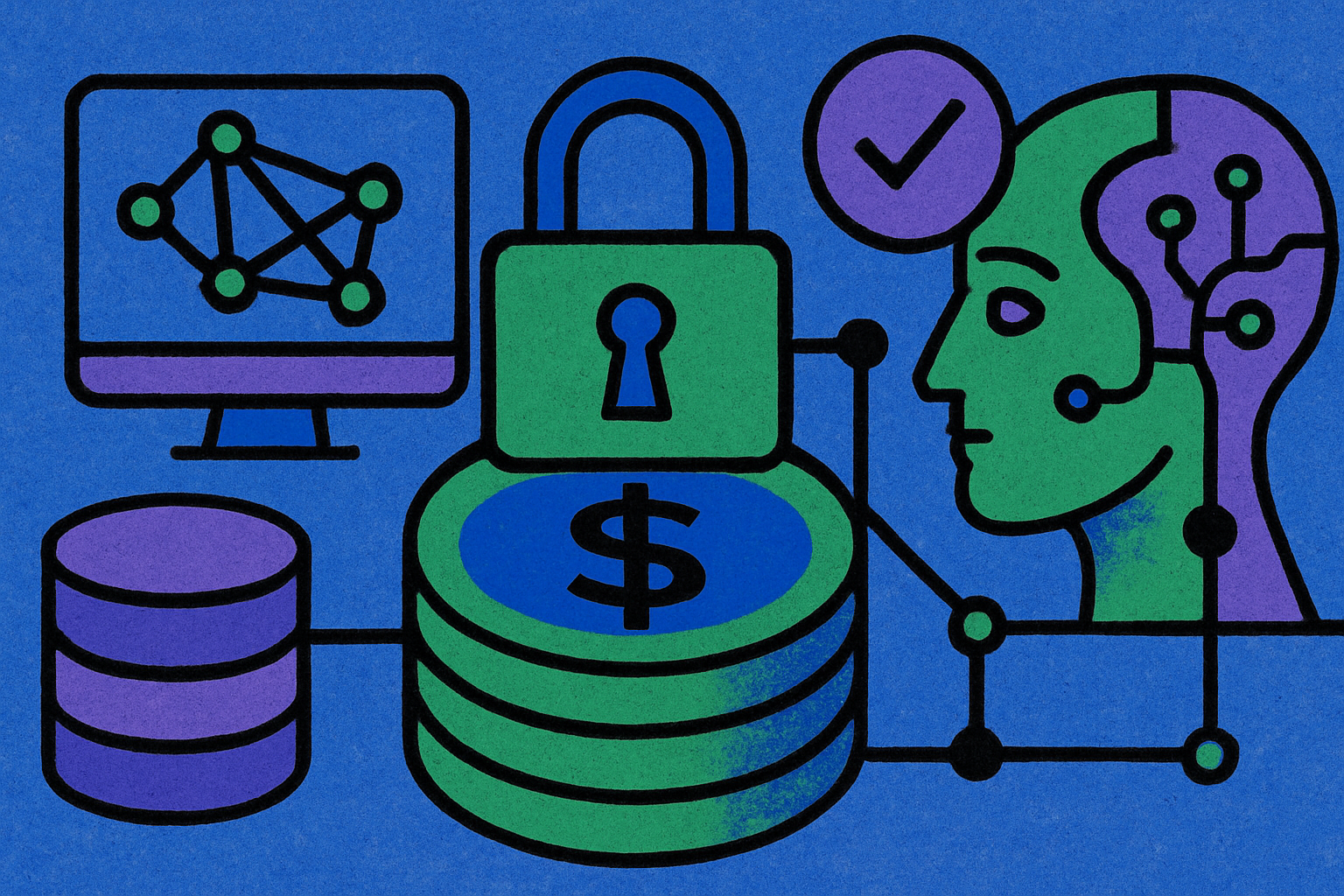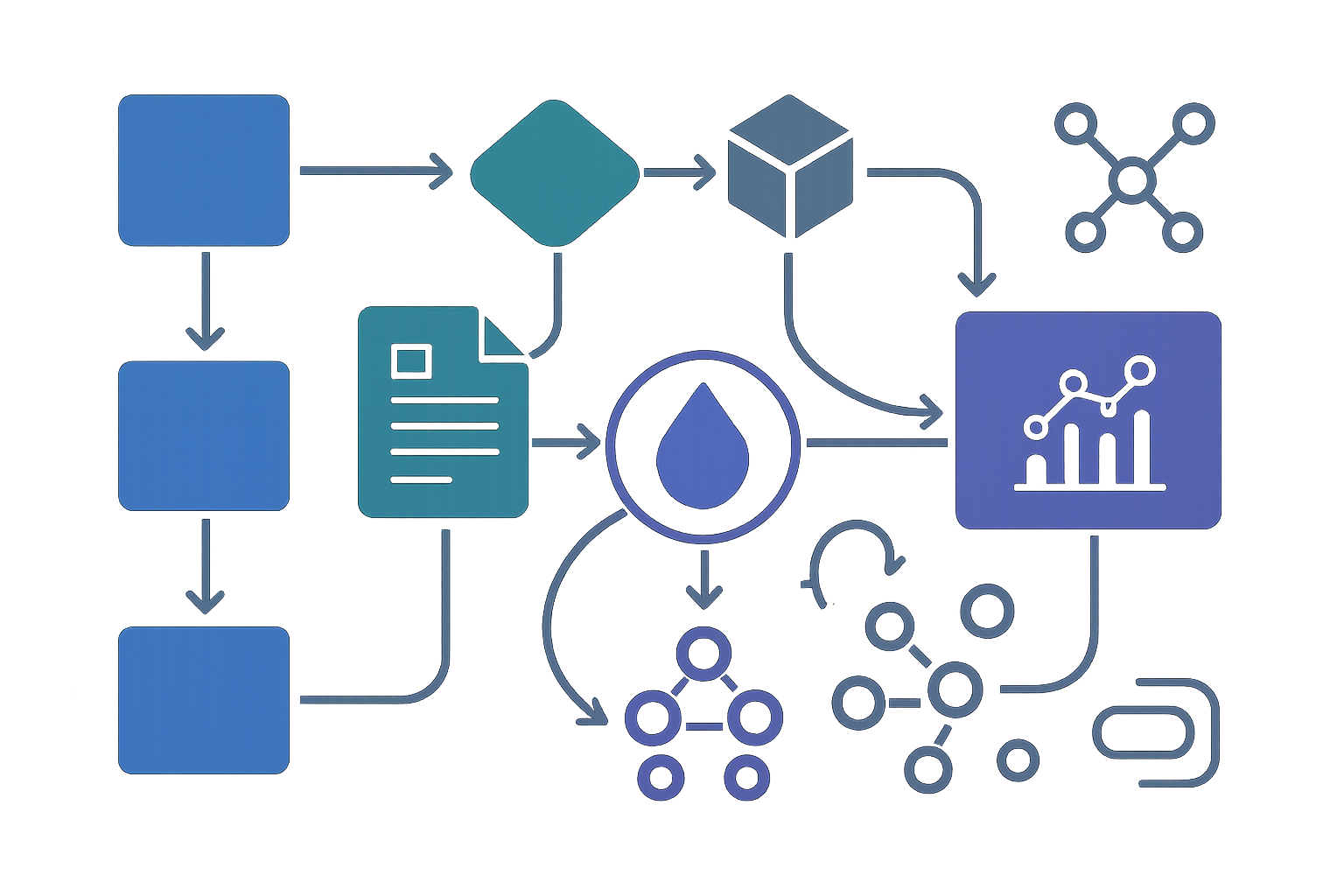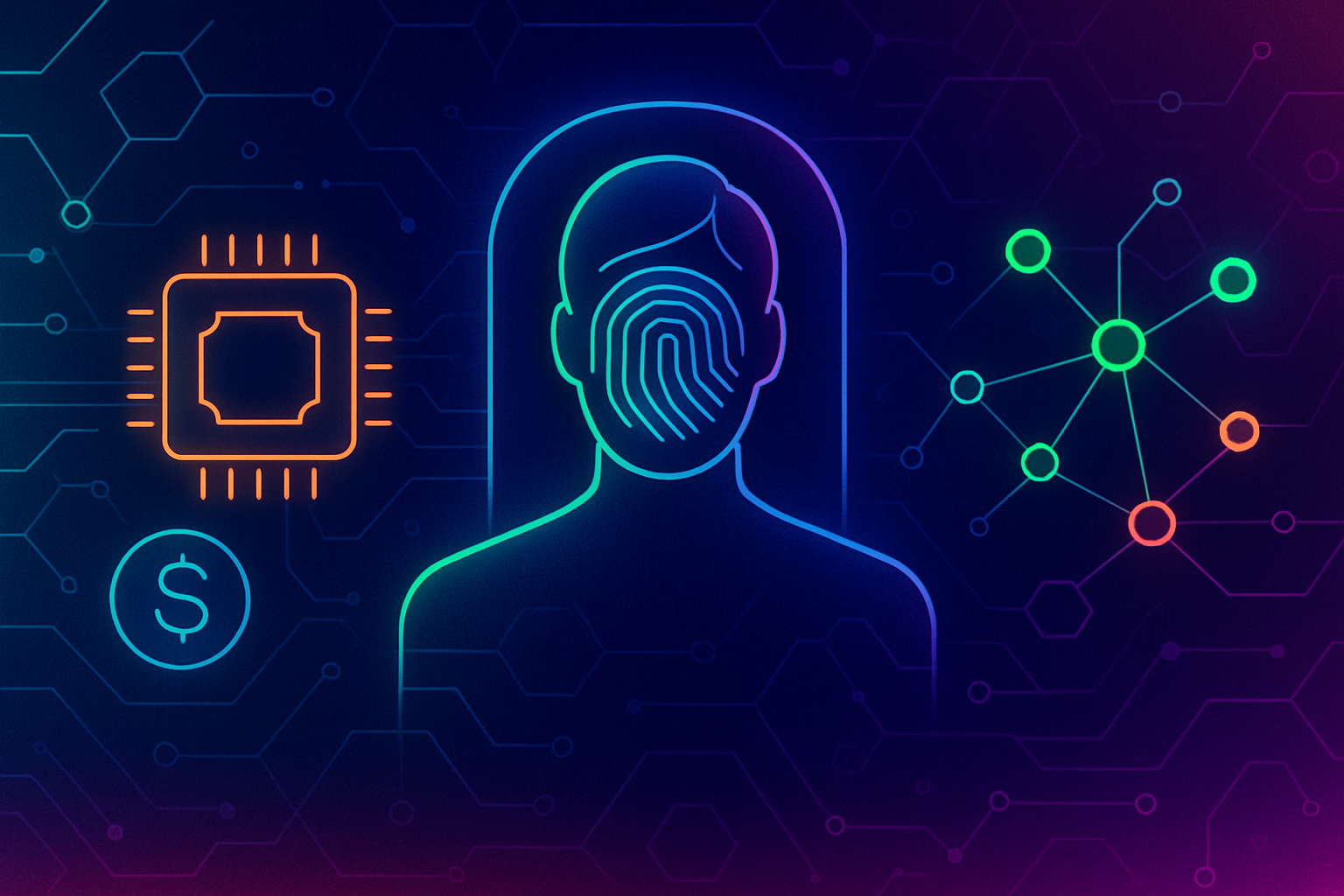
Decentralized GPU tokenization is rapidly redefining the economics and accessibility of AI compute. By converting idle or underutilized GPU resources into on-chain digital assets, innovators are creating permissionless marketplaces for AI compute power that rival – and often undercut – the costs of traditional cloud providers. This new paradigm is not just about slashing expenses; it’s fundamentally transforming who can participate in the AI revolution and how value accrues in the emerging AI compute economy.

The Mechanics of Tokenizing GPU Power
At its core, GPU tokenization leverages blockchain technology to fractionalize and represent physical GPU resources as digital tokens or NFTs. These tokens grant access rights, facilitate payments, and enable transparent tracking of compute usage within decentralized networks. Platforms like USD. AI are pioneering this model by connecting crypto investors directly to real-world Nvidia GPUs. Investors lend stablecoins to purchase hardware, which is then rented out to AI developers; rental income is distributed back to lenders as yield, currently reported at 13, 17% – a figure that significantly outpaces traditional U. S. Treasury bonds.
This approach unlocks two-sided efficiency: hardware owners monetize previously idle assets while developers gain affordable, on-demand access to high-performance compute without restrictive contracts or opaque pricing models. The result is a dynamic, permissionless marketplace where supply and demand are balanced by transparent incentives.
Building Permissionless AI Compute Economies
The shift towards permissionless AI infrastructure is being catalyzed by a wave of decentralized networks:
- Aethir’s Decentralized GPU Network: With over 425,000 GPUs across 95 countries, Aethir demonstrates the scale potential of distributed compute markets. Their Proof of Stake consensus ensures secure validation while partnerships like Predictive Oncology highlight institutional trust in these new models.
- Berkeley Compute: By enabling data center operators to tokenize GPUs, Berkeley Compute makes it possible for both individuals and organizations to own fractional stakes in global GPU pools – monetizing idle resources and democratizing access for developers worldwide.
- NodeAI’s $GPU Token: This network aggregates more than 100,000 server-grade GPUs and uses its native $GPU token for payments, staking rewards (with an APY near 19%), revenue sharing, and DAO-based governance.
- Blocknode by LimeWire: Through a bid-based marketplace model using the LMWR token, Blocknode aligns pricing with real-time demand while minimizing hardware waste by tapping into unused GPU cycles.
The Competitive Edge: Cost Efficiency and Scalability
Cost efficiency remains one of the most compelling advantages. Networks like io. net claim up to 70% lower costs compared to AWS for similar workloads. By aggregating global supply – from individual enthusiasts’ rigs to enterprise data centers – these platforms can dynamically scale resources based on demand surges typical in large language model training or inference tasks.
This scalability isn’t just theoretical; it’s operational reality. For example, NodeAI has paid out over $1 million in ETH to stakers from live network usage alone – a clear indicator that these systems are not only functional but profitable at scale.
The New Incentive Layer: Yield-Generating AI Energy Markets
A defining feature of this ecosystem is its robust incentive structure. Tokenized rewards align interests between hardware providers (who supply compute), developers (who consume it), and investors (who fund network growth). This alignment fosters a healthy circular economy where value flows transparently among all stakeholders.
The introduction of yield-generating mechanisms also attracts capital that might otherwise remain sidelined in low-yield environments. As more capital enters these networks – drawn by double-digit APYs backed by real-world usage rather than speculative hype – the liquidity pool for permissionless AI compute deepens further.
These yield dynamics are not simply a byproduct of tokenomics; they represent a fundamental shift in how digital infrastructure is financed and utilized. Unlike traditional cloud models, where margins accrue to centralized operators, decentralized GPU tokenization distributes profits directly to those contributing real value, whether that’s hardware, capital, or development expertise. This dramatically lowers the barrier for global participation and accelerates the pace of AI innovation across borders.
Risks, Challenges, and the Path Forward
Despite its momentum, decentralized AI compute is not without hurdles. Technical onboarding can be complex, especially for developers unfamiliar with blockchain-based resource allocation or staking protocols. Security remains paramount; while distributed architectures mitigate single points of failure, they also introduce new attack surfaces and require rigorous consensus mechanisms. Network reliability and quality-of-service guarantees must continue to improve to match (or exceed) the expectations set by hyperscale cloud incumbents.
Regulatory clarity also lags behind technical progress. As tokenized GPU markets blend real-world assets with on-chain financialization, questions around compliance, asset custody, and consumer protections will demand proactive solutions from both builders and policymakers.
Yet these challenges are being actively addressed by leading projects in the space. For example, Proof of Stake frameworks like those used by Aethir reduce environmental impact while reinforcing network security. DAO-based governance on platforms such as NodeAI enables rapid iteration on protocol upgrades and dispute resolution, building community trust through transparency and collective action.
The Future of Permissionless AI Compute Economies
The rapid evolution of decentralized AI compute is already reshaping who can build, deploy, and profit from advanced machine learning applications. As tokenized GPU networks mature, we’re likely to see:
- Deeper integration with DePIN ecosystems: Interoperable protocols will allow seamless movement of compute resources across multiple blockchains and application domains.
- Advanced reputation systems: On-chain analytics will help differentiate high-quality hardware providers from unreliable ones, improving service levels for all participants.
- Diversification of yield models: Beyond simple rental income or staking rewards, new financial primitives may emerge that tie returns directly to application performance or user outcomes.
- Mainstream adoption by enterprises: As regulatory frameworks clarify and technical standards solidify, expect major organizations to tap into permissionless GPU liquidity for both training and inference workloads.
The convergence of crypto-powered incentives with decentralized infrastructure is set to unlock unprecedented scale in the global AI economy. By lowering costs, democratizing access, and creating robust incentive layers for all stakeholders, GPU tokenization is poised to become a foundational pillar for next-generation permissionless AI infrastructure.





